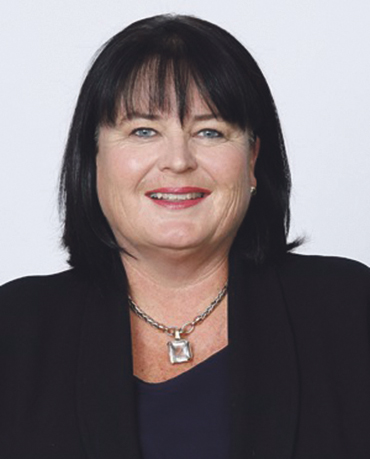Opinion: There is much to do in health for our people

News Editor
* Since the announcement last Sunday of the $164 million investment into urgent and after-hours care across New Zealand, there has been a lot of interest in how the investment will be operationalised in our communities, says East Coast MP Dana Kirkpatrick
It’s a fair question and one that I want to address as much as I can.
Strengthening urgent and after-hours healthcare is part of the Government’s plan to put patients first and ensure those in our most rural and isolated communities have access to healthcare when they need it.
The funding delivers two system enhancements to our community.
- Increase the hours in Whakatāne urgent and after-hours care.

- It will ensure 98 percent of New Zealanders are within one hour’s drive of in-person urgent care. That includes those communities listed earlier in the week – Murupara, Kawerau, Te Kaha, and Ōpōtiki.
Health New Zealand will move quickly to begin discussions with the providers already in those areas to ensure services are in place, that they are supported to provide the services and that there is a clearer fee structure for everyone.
To deliver this, we need a more sustainable approach to providing rural urgent and afterhours care.
The current model, which often depends on rural GPs being on call 24/7, is unsustainable and places significant strain on an already overstretched workforce.
The investment will provide more sustainable funding and targeted support to help these clinicians continue delivering timely, quality healthcare in their communities. Including:
* Expanding the use of interdisciplinary care teams (groups of different health professionals working together) in rural and remote locations, such as integrating paramedics into primary care.
* Improving connections to larger centres to ensure rural teams are well supported.
* Scaling up digital health and triage services to relieve pressure on in-person care.
We know that this, on its own won’t fix the challenges in the health system in their entirety – but it is one of the building blocks we have put in place.
In terms of workforce, there is work to do in this space, but let’s also reflect on the other recent announcements we have made to bolster workforce:
* 100 clinical placements for overseas doctors to come here.
* 100 additional doctor training places at medical schools.
* Up to 50 graduate doctors training in primary care annually.
* Up to 120 training places for nurse practitioners in primary care.
* Accelerated tertiary education for up to 120 primary care nurses annually.
* And we gave pharmacists the ability to prescribe for the treatment of some conditions.
Some of you have asked me why people would want to go and work in remote areas or after-hours in urgent care.
Night and weekend shifts come with higher pay rates which can be a strong incentive – urgent care is different to general practice and different to acute care and it suits some people.
The key to success is having enough staff, having flexible rostering and funding that recognises the realities of after-hours work, ensuring patients get timely care and that they can afford it.
In terms of fees – we are moving the system from being wide and unpredictable to one that is more consistent across the country.
While exact charges will depend on eligibility – with continued subsidies for children, young people and Community Service Card holders – fees will become more predictable over time. At this point the new system is still in work, but it will be consistent.
Some people have asked me about Tele-Health and whether or not that will be part of the offering.
It could be.
I know some people in our community are concerned about this, but I also know that there are organisations already in our community like our friends at Te Puna Ora o Mataatua, who have been working with people to get them used to using this initiative and it is working pretty well.
I am very keen to hear from those providers already doing this work in Te Kaha, Ōpōtiki, Murupara and Kawerau – as well as visit the Whakatāane providers to how this experience goes, and I am happy to advocate for them if need be – many have already messaged, and I will keep in touch.
And one more thing… we have pushed the button on the Health Infrastructure Plan, which also features Whakatāne and provision for dialysis capacity at Whakatāne Hospital.
There is much to do in health for our people, and it remains an absolute priority for this Government.
We know that it takes time to get these initiatives rolling, but they are all part of the plan to support a very challenged health system.